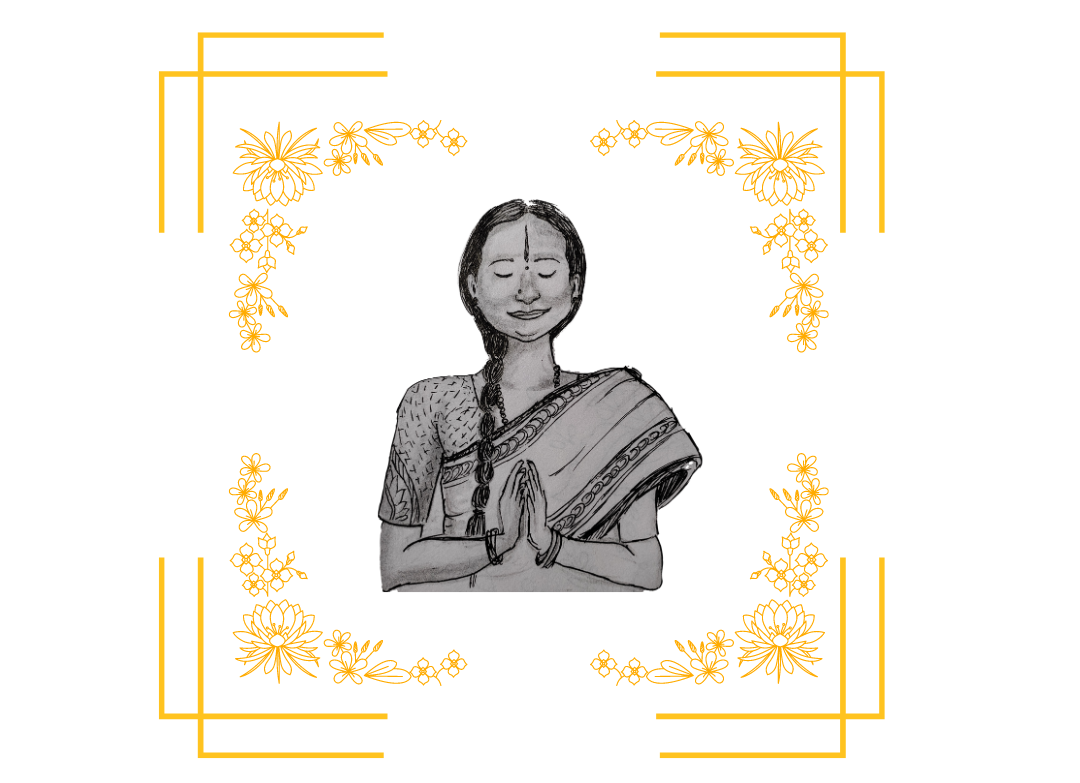The world learnt about social distancing just a couple of years ago when COVID hit us right in the face, but we Indians have been practising it since ages, with Namaste.
India is a land of rich, age-old traditions and culture. Namaste is a familiar phrase for all of us Indians. However, if you are a non-Indian, then there’s a high chance you probably might have heard this in your yoga classes from your instructor. Although Namaste is widely acknowledged as a common way of an Indian greeting, if you venture a little further, it unravels a unique symbolism that can take you by surprise – you will find that it’s so much more than a superficial greeting.
So what is a Namaste?
Namaste, pronounced as Nam-ah-stey is a Sanskrit word and a sandhi of two words:
Namah + Te
Namah means bow, salutation, adoration. Te means you. Together, it means that ‘I bow down to you’.
If you delve a bit deeper, it means that
The divine in me, bows to the divine in you.
When you greet someone with a Namaste, you acknowledge that the other person is an equal and consider them as a part of the divine creation of the universe shedding ego or arrogance. The expression Namaste honours and respects the soul, without budging to the prejudices that can sway an individual through physical senses. It’s as though you are connecting with an individual on a spiritual level.
Namaste is generally accompanied by a gesture, called Anjali Mudra. Palms are brought together close to the heart with fingers pointing upward. When your palms join, all of your contrasts, or the dualities level out. Your inclinations and aversions, your feelings of hatred and love – are annulled. There is a feeling of oneness to your sense of being that brings along a therapeutic calmness to your mind, and as well as your soul.
There’s also a scientific significance behind Namaste. The fingertips are nerve endings, each representing a different energy. When the fingers are joined together, they activate and amplify the sense of inner awareness and focus. Anjali mudra can also activate and stimulate Anahata and Ajna chakras. With Namaste, you are also preventing the flow of energy to the recipient and vice versa. As there’s no physical touch, the ability to affect someone or being affected by someone is minimised.
Your doctor would also corroborate this theory, albeit via a medical explanation – absence of physical contact keeps you safe from unwanted germs and viruses.
Now, there you have it. There’s more to Namaste than a mere yoga class greeting or simply a fashion statement print on a T-shirt or a coffee mug. It connects the greeter and the recipient on a spiritual level – something a hi, hug or a bunch of air kisses can never bring about.
Next time you happen to find yourself in a situation having to greet someone, try Namaste. Or even better, use it after your mic drop moment. It leaves a spot on Zen impression and trust me, you can never go wrong with a Namaste.
Namaste,
𝙰𝚒𝚝𝚌𝚑

